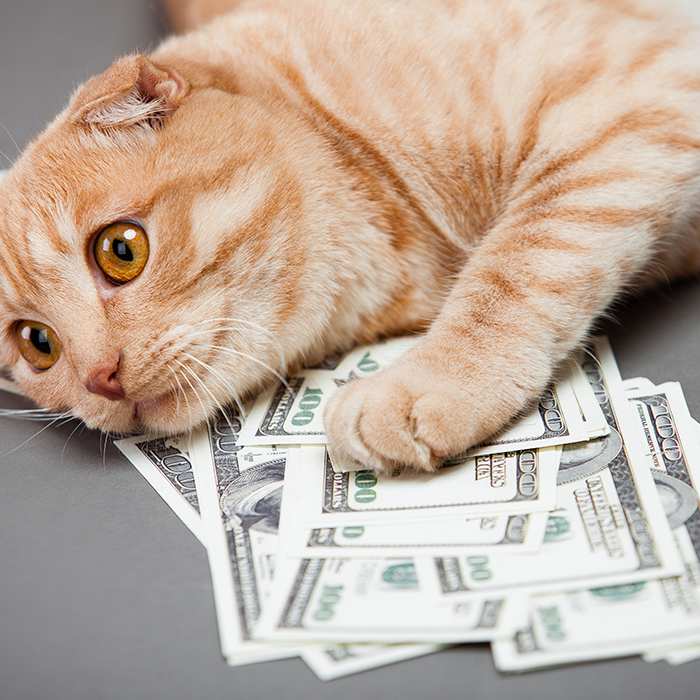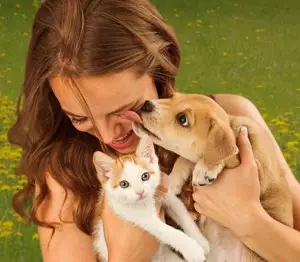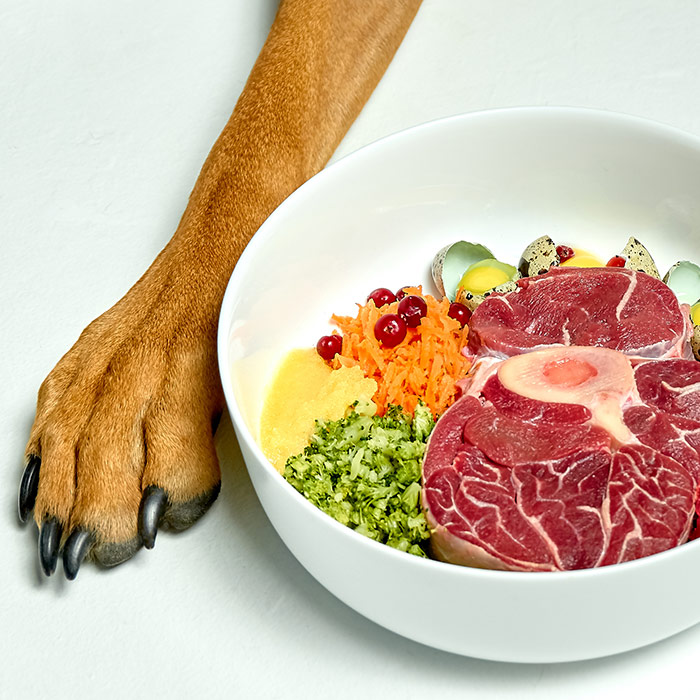Getting dogs and cats to live together
Ever wanted to know how to get a cat and dog to live in peace together? Well, the answer is simple – there’s no sure-fire way of getting them to hunker down harmoniously.

Whilst it’s not possible to force our feline friends to put up with a playful pup, or to insist our dogs tolerate a trespassing pussy cat, there are a number of ways to encourage them to just get along. We’ve got plenty of experience when it comes to balancing the needs of individual animals. When introducing a cat to a dog, you’ll need to employ the same care.
Remember, no cat or dog will warm up to one another overnight, especially if they’ve had bad experiences with the other species in the past. But, armed with the right knowledge, the right strategy and barrels of patience, there’s no reason why you can’t work to avoid them fighting like cats and dogs.
Here’s our list of tips. We’ve compiled a number of strategies that should make the introduction period run smoothly. If you’ve got any more that’ve worked for you, be sure to share them with us.
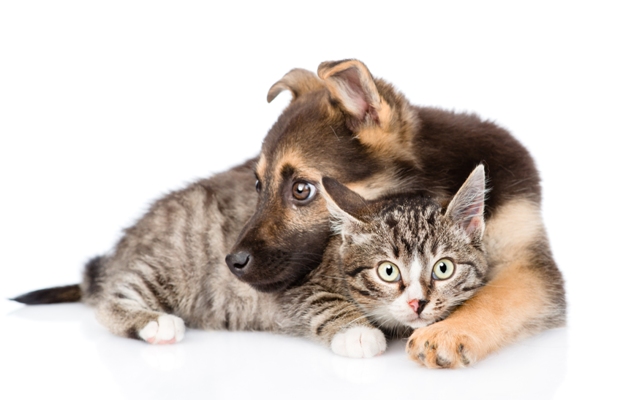
Youngsters will (usually) play nice.
It’s important to remember that younger animals are more likely to be open to interactions with strange species. They’re more playful, inquisitive and generally more patient with each other, the younger they are.
Try to socialise your dog and cat while one or both are still young. If they’re older and have already established clear territorial attitudes, or they’ve had poor experiences with the other species in the past, your task may turn out to be more difficult.
Remember, some breeds of dog have been traditionally bred to hunt small prey and vermin around the home. Research your breed to determine whether or not they’ll be suitable housemates for another pet before you commit to attempting peaceful cohabitation.
First things first: introduce them by nose.
It’s best to keep the cat and dog separate initially, introducing each of them to the other’s scent. Divide the house into dog and cat-only areas and after some time allow each into the other’s territory.
This will allow each animal to experience and grow accustomed to the other’s scent. It may seem like a simple step, but scent recognition is an important step on the road to acceptance.
Once they’ve had time to adjust to the idea that there’s another animal sharing their space, it’s time to introduce them to each other face-to-face
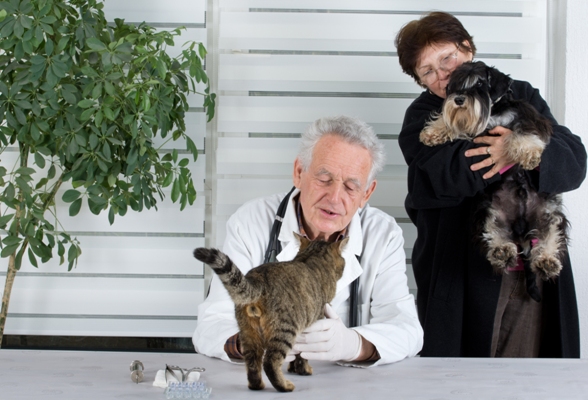
.
Supervision is the key to success.
This first introduction could go either way, especially if the dog is already an established member of the household or the cat is king of the hill.
Their first face-to-face introduction should be at a time of calm and quiet. Be sure to keep both the cat and dog at the same level of contact; you don’t want one feeling superior to the other or in a vulnerable position.
You’ll need two people – one to hold the cat and another to hold the dog. Holding onto the animals serves two purposes. One: if things do go awry, you’ll have control of each animal so that things don’t get out of hand, and two: the contact with a human will help to calm the animal at a time of uncertainty.
The aim of the game is to allow both the dog and cat to get a good look at one another from a position of equal footing, giving them a chance to get used to one another little by little in a calm and controlled environment.
Give them a little privacy once in a while.
It’s important that both the cat and the dog have their own private areas or ‘safe havens’ around the home. If the dog becomes threatening or the cat is losing its patience, it’s important that each animal have its own safe place to recharge the batteries.
It’s known that cats require privacy when going to the toilet. Dogs, also, can get a bit touchy around their food. Make strategic decisions about where and how you place your pets’ necessities around the home to help avoid possible arguments.
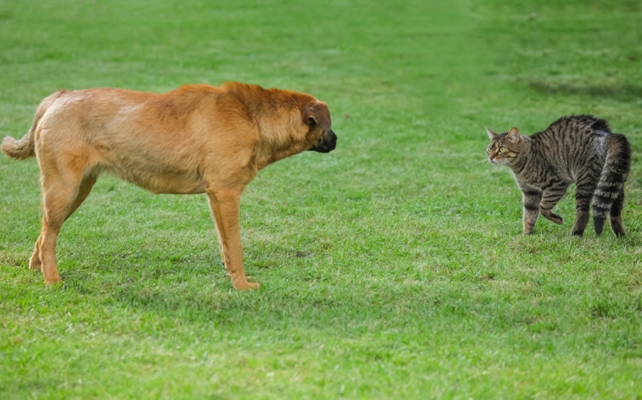
Cats don’t scratch dogs, claws do.
It’s important to remember to keep your cat’s claws clipped. In many cases it’s near-impossible to avoid all forms of conflict between your dog and cat, especially during the introduction phase.
Disarm your cat to avoid scratched eyes and other serious wounds. Remember, if your dog develops a hate for cats at this point, there may be precious little you can do to change his or her mind down the track.
We hope that these little tips will steer you closer towards establishing a peaceful household for your cat and dog. While it’s true that some cats and dogs will simply never get along, there have been many cases of cats and dogs becoming the best of friends.
Never force the two together. Be sure to take small steps at the time of introduction and provide private spaces for each to retreat to if the going gets tough. Be prepared to commit to a long-term strategy; sometimes the acceptance period may take as little as a week or two and, in other cases, perhaps a number of months.
Finally, if you’ve done all you can to make the introduction process as painless and comfortable as possible and you’ve still got warring animals on your hands, you may need to keep the two separated in the long-term.
Bow Wow Meow Pet Insurance can help protect you and your pet should an unexpected trip to your vet occur.
- Find out more about our dog insurance options
- Find out more about our cat insurance options
- Get an instant online pet insurance quote




